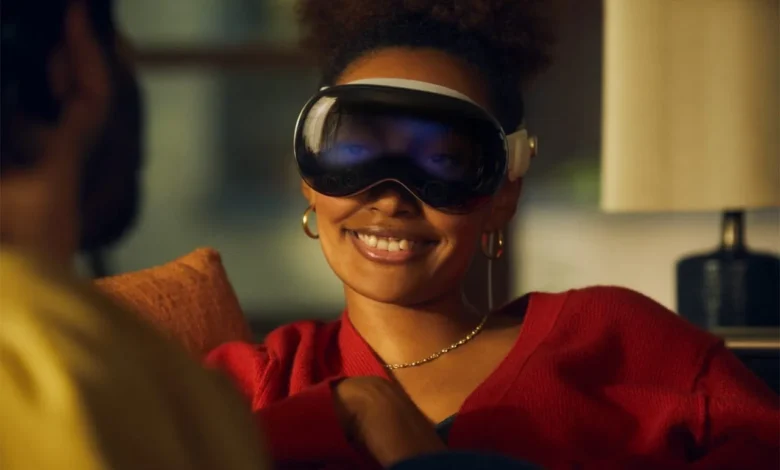
When Apple decided to exclude charging bricks from its iPhone packaging, it claimed the move was a courageous step towards environmental sustainability. Many people, however, saw it as a thinly veiled attempt to cut costs and boost profits under the guise of eco-friendliness. This decision sparked a trend, with other tech companies quickly adopting the practice. The underlying argument was that most users already possessed a myriad of chargers, making the inclusion of a new one with every device unnecessary and environmentally unfriendly. This rationale, however, is deeply flawed, as it inadvertently leads to increased sales of chargers, licensing fees, and, paradoxically, a higher environmental footprint due to additional shipping and packaging.
The launch of Apple’s Vision Pro, a cutting-edge Virtual Reality headset priced at a hefty $3,500, marked the company’s first major product line introduction in years. Despite its steep price, the Vision Pro has received lots of praise for its innovative technology, with many reviewers considering it a worthy purchase. This product was Apple’s opportunity to align its actions with its environmental rhetoric genuinely. Given the Vision Pro’s target demographic — loyal Apple customers who are likely to own multiple Apple products including chargers — the exclusion of a charging brick could have been easily justified and would have lent credibility to Apple’s environmental claims.
However, in a very expected Apple move, they included a charger in the Vision Pro’s box. A 30W charger. This decision, in my view, undermines the very argument Apple had previously made with its iPhones: that omitting chargers reduces waste because most users already have them. The Vision Pro is only for Apple customers. It requires an iPhone. It extends your MacBook Experience. This should have been the one Apple moment where they say, yeah you guys already have chargers – we will only give you a cable. I mean Vision Pro buyers are the people most likely to possess several Apple chargers – guaranteed some even faster than 30W. The inclusion of a charger with such an expensive, ecosystem-locked product suggests that Apple’s environmental concerns might be more about optics than genuine sustainability. Yeah?
The necessity for faster charging capabilities in modern devices further complicates the issue. Apple’s argument at the time was that the 5W chargers were everywhere. But were are in 2024 and the iPhone 15 Pro Max hits peak 27W when charging. If Apple were earnest in its commitment to reducing e-waste and promoting environmental responsibility, the Vision Pro should have been sold without a charger! If Apple were serious about the environment like they’ve shown us in a whole skit, the 20W chargers they currently sell should be offered as free opt-in accessories, post-purchase, for those who truly need one.







